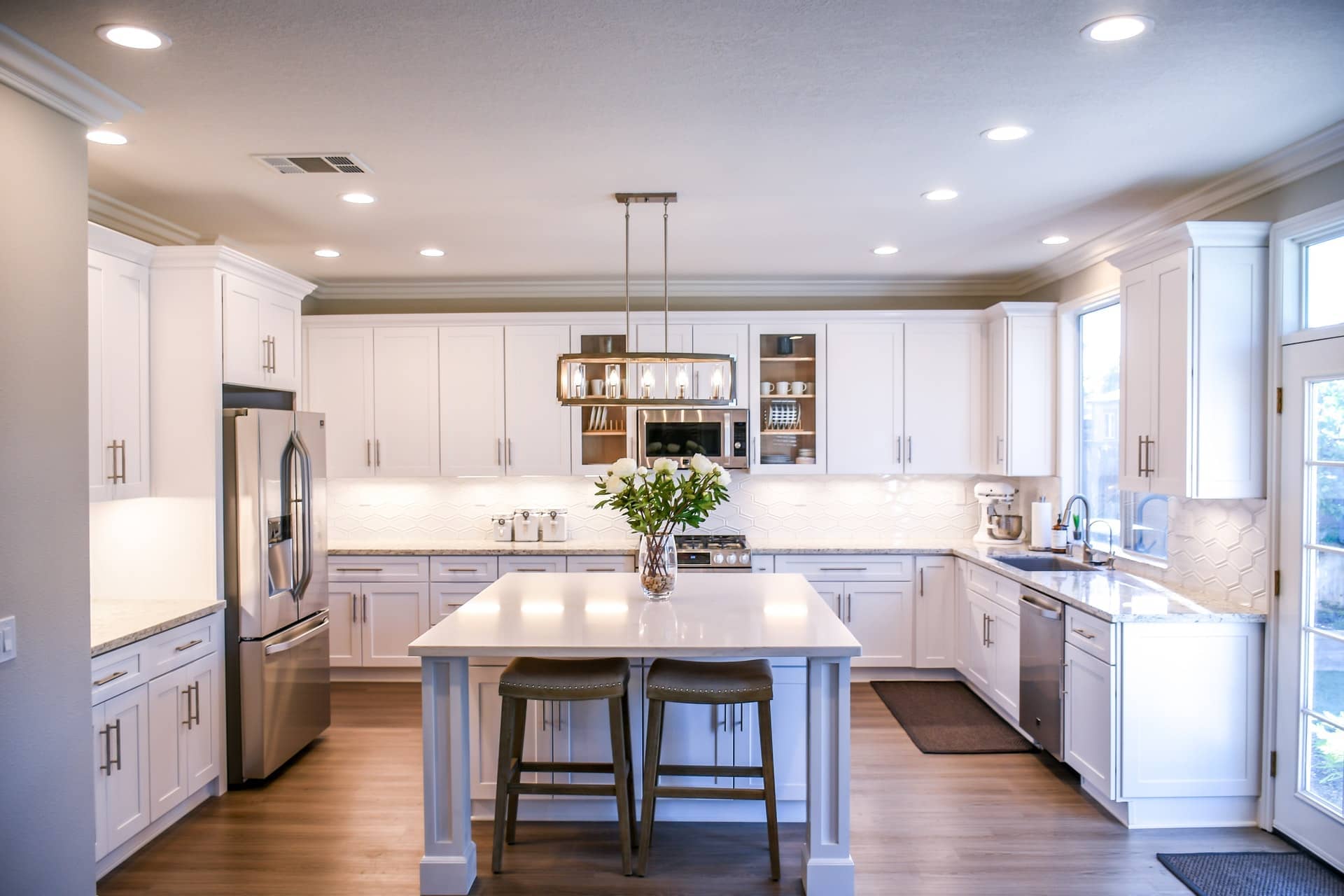
Interior Painting Tips
The first step is to figure out how much paint you'll need for your interior painting project. To do this you will need to measure the height and width of all the walls you plan to paint. Next you'll need to measure out the doors and windows. There is a Sherwin-Williams online paint calculator that will help to figure out how many gallons of paint you will require.
The next step for your interior painting project is the preparation required to get the job done as smoothly as possible.
Preparation:
Unless you are working in an already empty room, you will most likely have a bunch of furniture that will need to be moved out of the way, either out of the room completly or moved in the center of the room and covered with a painters plastic. If you skip this step you risk damaging the furniture and household items.
Wall Plate Removal:
Once you have moved all your furniture and all items to the center of the room and thoroughly covered for its protection against drips and splatters, you will be able to see all the light swith and outlet covers. These will need to be removed along with any vents or smoke detectors. Doing this prevents you from having to paint around them and causing an unprofessional look to these highly visible items. Store the items that you removed in a safe location to prevent getting lost.
Floor Covering:
You will want to protect the floor from getting any paint dripped or splatted on. So when you are painting your walls you will want to have the floor covered at least 3 feet from the wall out. If you are painting the ceiling you will want to cover the entire floor using a canvase drop cloth. Canvas drop cloths are the best protection for carpeted areas. They are easily spread out and you dont need to tape down like you would with painters plastic.
Ladders:
If your painting anything that is more than a foot or so above your head you will want to provide yourself with the appropriate platform support. This could be as simple as a step ladder. Although if your project is more tricky such as a stairwell or vaulted ceilings, you will want to look into a scaffold. If thats the case you want to have the scaffold set up before you need it so it can be available and ready and you dont lose your wet edge while painting.
Patching and Surface cleaning:
You will always want to do any sanding and patching after the floors are covered. If your walls are dirty you will want to wash any forign substances with some soap and water or crud cutter. If the walls arent to bad a simple microfiber cloth wipe down will suffice, in order to remove any dust or pet hair. This includes the entire area of walls, ceiling and trim.
Trim:
The transition line between the trim and the walls is a tricky spot to get done properly and as a straight line. Painters tape is very effective in this process. If you tape off the trim prior to painting it will help to provide a nice smooth, straight line when pulled away.
Paint Sample:
Finally you will want to do a final preparation step and test your paint. Open a can and make sure that it is fully mixed. Then you'll want to apply a small coat to your paint color swatch or to an inconspicuous area of the wall your wanting to paint. This is simply to confirm that you will indeed like the paint selection and that the paint itself doesnt have any issues.
Painting the Room:
You are going to want to start at the top of the room and work your way down. If you start with the ceiling and any paint spatters on the walls you will easily be able to cover it up. Use a paint brush to cut in a border around the baseboards, door jams, window sills and corners of the room. Then apply the paint on the rest of the walls using a roller and working in small sections at a time. Before adding your second coat be sure the paint is completly dry.
Clean Up:
Once you have finished painting the room the last step is to clean up. Start with sealing up any paint cans to avoid any spills, then you can use detergent and warm water to clean off your paint brushes and roller covers. Then you can pull all the painters tape, pick up the drop cloths and bring back in your furniture and household items and begin decorating.






